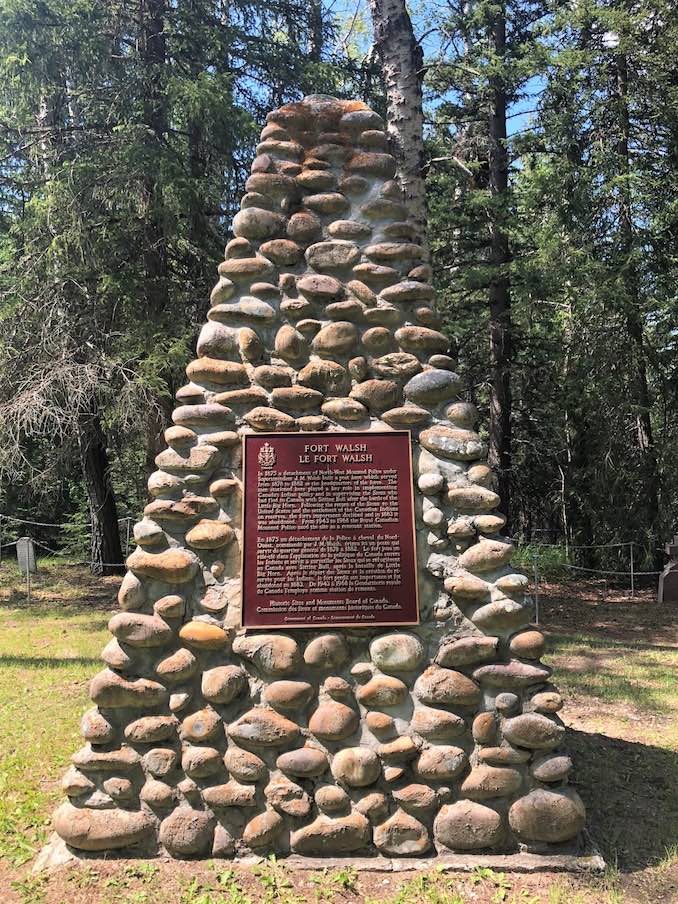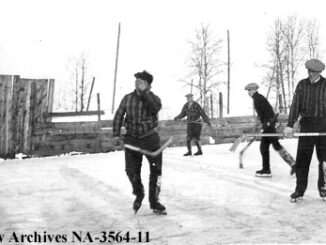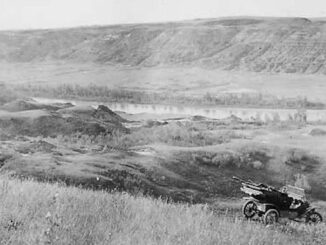If you haven’t realized it by now I enjoy exploring old frontier forts that are scattered across western Canada. I’ve had the pleasure of visiting Fort Whoop-Up in Lethbridge, Fort Normandeau near Red Deer, and Fort Calgary in its namesake city. I also had the privileged of visiting a North West Mounted Police Post in Writing-On-Stone Provincial Park and Last Mountain House near Regina. Fort Walsh had been on my bucket list for awhile, but up until a recent trip to the Cypress Hills area I hadn’t made it for a visit. We were camping in the Firerock Campground and opted to drive the Battle Creek Road, which turned out to be a bit of an adventure on its own. The drive is roughly 50km from the town of Elkwater to Fort Walsh, but the road gets progressively worse the further east you go. It took about an hour to travel that distance, but I wasn’t even remotely upset as those backwoods roads are definitely more fun than any highway.
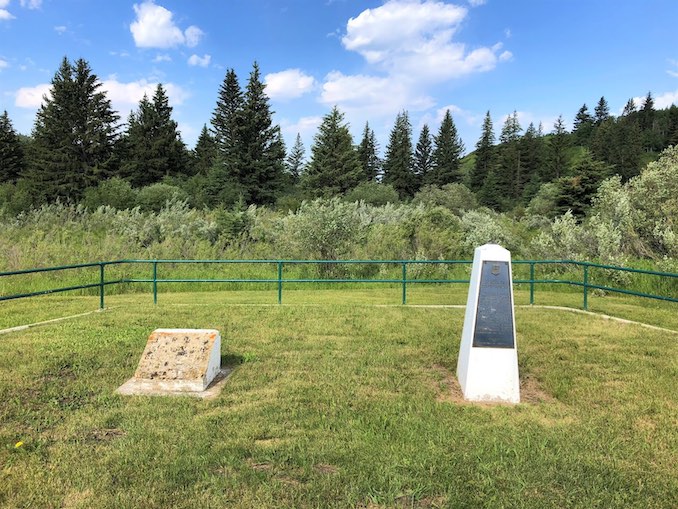
“Constable Marmaduke Grayburn NWMP, was shot and killed by unknown persons in the Cypress Hills Nov. 17, 1879. He was the first mounted policeman killed by violence since the force was organized in 1873. Star Child a Blood Indian was accused of the murder but was acquitted in 1881.”
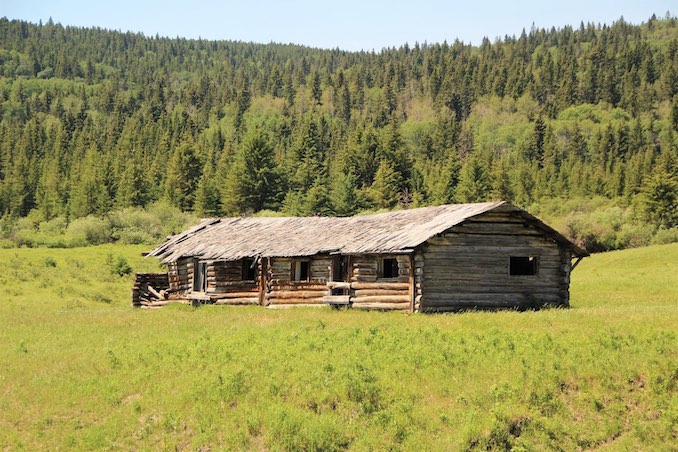
Another historic site along the road is an abandoned log cabin. Through the power of social media and some sleuthing online I was able to uncover a few details about its history. According to the Canadian Nature Photographer and the Historic Reesor Ranch it’s called the Symons Noble Cabin because it was lived in by Robert Symons in 1939 and then he sold it to Albert and Sylvia Noble just three years later and they built the addition. According to local historian Fay Beirebach the Coleman Family actually lived in the cabin prior to Symons moving in, but no-one is quite sure who built it. Symons was a writer, painter, game warden, and rancher living in the area. He often carried a pencil and scrap of paper to sketch the landscape. He published several books about the Cypress Hills area. The Nobles lived here for ten years while raising a family and working a nearby sawmill.
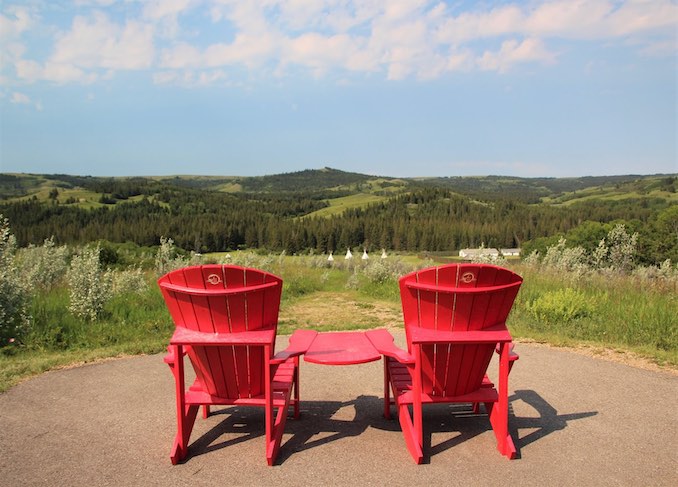
Archaeological evidence confirms human habitation in the Cypress Hills as far back as 8,500 years, which were entirely pre-contact First Nation groups. In the mid-1600’s early European traders and explorers began to arrive in the region, bringing whiskey, firearms, and diseases, all of which wreaked havoc on the local First Nation people. The introduction of guns made hunting bison much easier and before long bison were being slaughtered for their pelts to trade for whiskey, instead of for food, shelter, and tools. Although whiskey trading had been outlawed in the United States this practice was still prevalent in the highly lawless Canadian west. In the mid-to-late 1800’s at least four major Métis camps with about 300 families had been erected in the Cypress Hills. Like the plains First Nation, the Métis were nomadic people following the bison herds, but they also incorporated some European language and traditions into their distinct culture. In 1859 the Palliser Expedition passed through the region on their westward journey to document western Canada. Of the area Captain John Palliser wrote, “these hills are the perfect oasis in the desert we have travelled.”
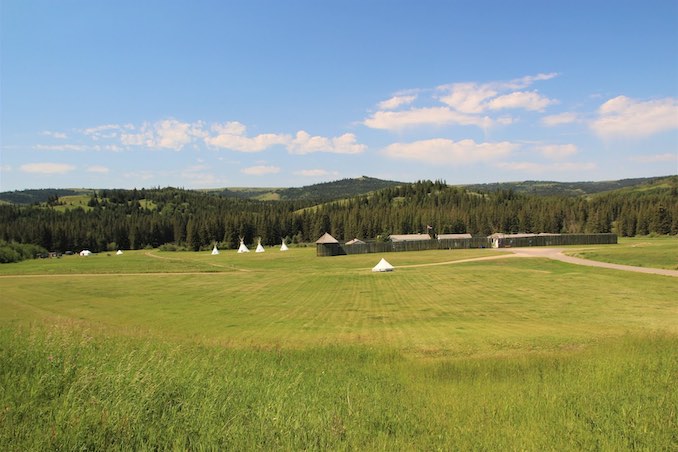
In 1889 the Hudson’s Bay Company transferred Rupert’s Land to the Canadian Government, but it would still be a number of years before law and order could be brought to the western territory. In the early 1870’s the entire region was a tinderbox. Ungoverned trading posts and whiskey forts, dispirited First Nation groups, and wolf hunters all contributed to this volatile scene. On June 1, 1873 everything came to a head when a trader discovered his horse had been stolen. He immediately, but falsely, accused a group of Nakoda that were camped nearby. After recruiting several wolf hunters from Montana who had been drinking heavily, they attacked the camp. By the end of the day some twenty Nakoda men, women, and children were dead and the Cypress Hills Massacre was born. As a direct result of this tragedy the newly formed North West Mounted Police (now the Royal Canadian Mounted Police) headed west to bring order to Canada’s newest territory once and for all.
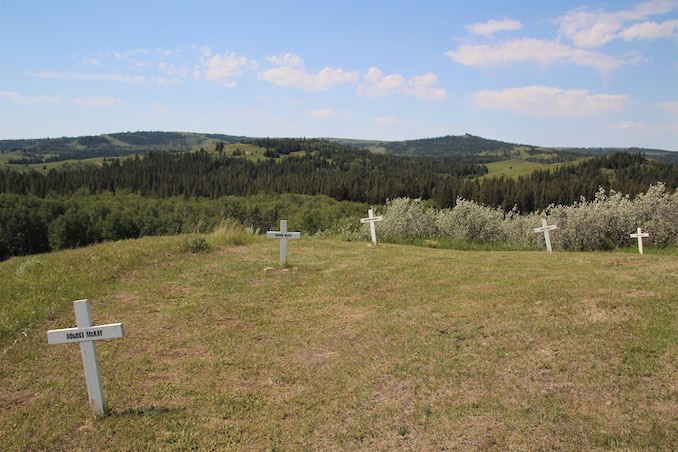
The NWMP force, with some 275 men, set out from Fort Dufferin in Manitoba in July 1874. They first established Fort Macleod by the end of the year and then Fort Walsh in 1875. Fort Walsh quickly became the largest and most heavily armed fort in the NWMP’s possession. In a mere seven years the NWMP abolished the whiskey trade and brought law and order to western Canada.
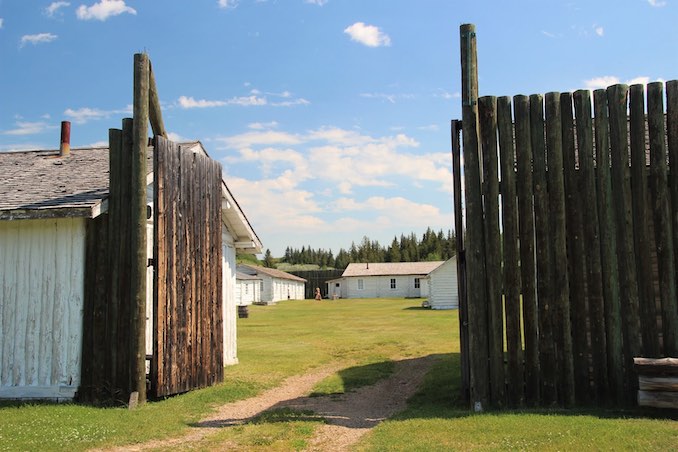
“Major James Morrow Walsh was a courageous leader. His superiors respected him, his men admired him, and the newspapers loved him. As Walsh rose in rank, his superiors were not always pleased with his sometimes impulsive decisions and unconventional methods. However, Walsh used his influence and reputation to enforce Canadian law and keep peace in the west. In 1877, Walsh’s scout recognized stolen horses in the possession of White Dog, a Nakoda man visiting Tatanka Iyotanka’s Lakota camp. Walsh instructed one of his sergeants to place White Dog under arrest. The Mounties seized the horses but chose to release White Dog when he argued the horses were found, not stolen. The situation escalated again when White Dog threatened Walsh. However, when challenged by Walsh, White Dog backed down. To those looking on it proved that the Canadian law and the NWMP should be respected and obeyed.”

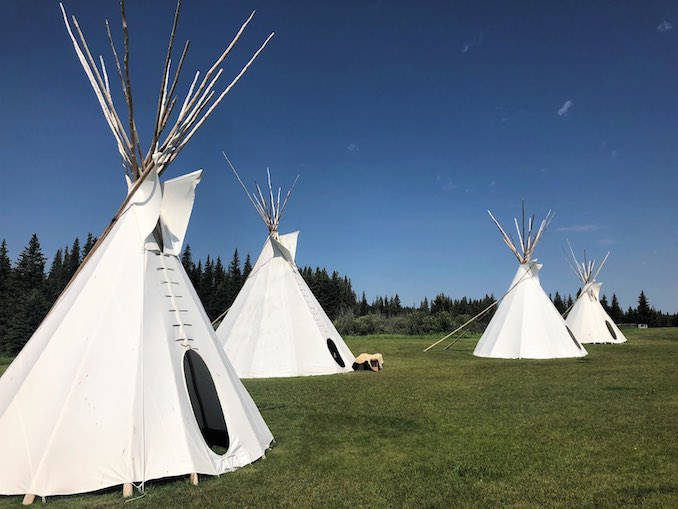
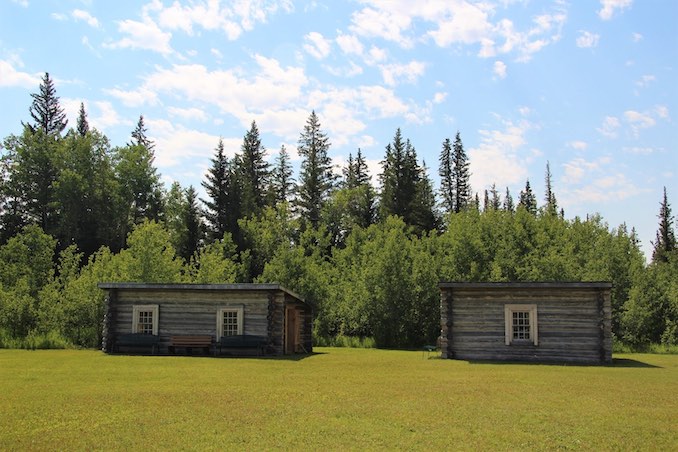
“In 1875 a detachment of North-West Mounted Police under Superintendent J. M. Walsh built a post here which served from 1878 to 1882 as the headquarters of the force. The men stationed here played a key role in implementing Canada’s Indian policy and in supervising the Sioux who had fled to Canada with Sitting Bull after the battle of the Little Big Horn. Following the return of the Sioux to the United States and the settlement of the Canadian Indians on reserves, the fort’s importance declined and in 1883 it was abandoned. From 1943 to 1968 the Royal Canadian Mounted Police used the site as a remount station.”
